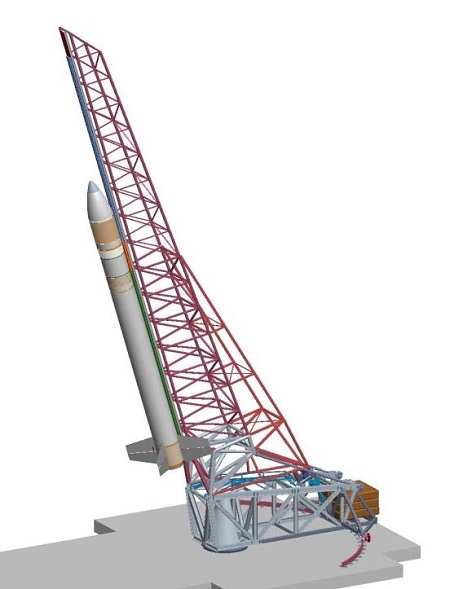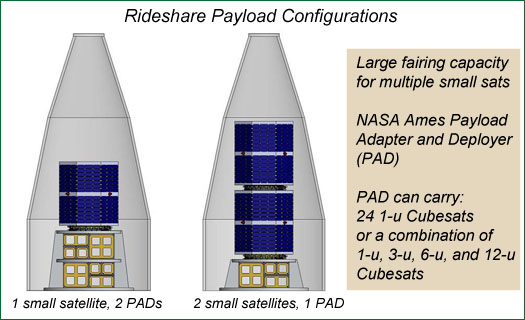LEONIDAS
Low Earth Orbiting Nanosatellite Integrated Defense Autonomous System

Program Objective
LEONIDAS aims to increase access to space for DoD, NASA, and University payloads --- such as short-duration technology demonstration missions. As the prime contractor, HSFL will conduct two demonstration space launches from the Navy's Pacific Missile Range Facility in Hawaii using a low-cost launch system based on an upgraded, three-stage solid propellant, Sandia National Lab Strypi ballistic rocket. The first two launches of the LEONIDAS missions are designated STU-1 and STU-2. STU is a mission designation that stands for "Science and Technology for the University".

STU-1: First LEONIDAS Mission
» Objectives: Deployment of rideshare satellites in low-Earth orbit, flight test of SPARK launch vehicle and insertion accuracy, dynamic test of launch rail.
» Tentative Orbit: 400 km Sun-synchronous orbit
» Payload Mass: 50-60% mass capacity (~165 kg)
» Potential Payloads: CubeSat Payload Adapter, HawaiiSat-1 Spacecraft, Other Small Satellites
STU-2: Second LEONIDAS Mission
» Objectives: Full payload deployment with ride share satellites in low-Earth orbit.
» Tentative Orbit: 550 km Sun-synchronous orbit
» Payload Mass: Full capacity
» Potential Payloads: CubeSat Payload Adapter, Small Satellites
Ride Sharing
The STU-1 and STU-2 missions will both allow for ride sharing between a primary payload, as well as multiple standard form factor CubeSats. Example configurations of the payload fairing are as shown below:

Launch Support
The Pacific Missile Range Facility (PMRF), Kauai, is the world's largest instrumented multi-environment range capable of supporting surface, subsurface, air, and space operations simultaneously. PMRF offers polar and Sun-synchronous launch options. HSFL will utilize a newly designed launcher.
